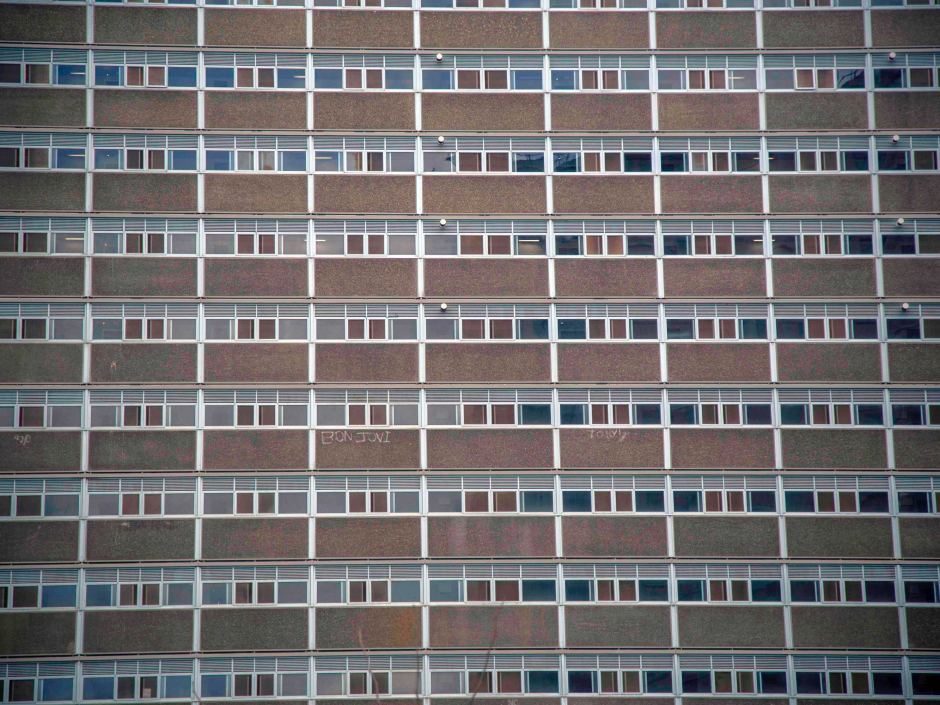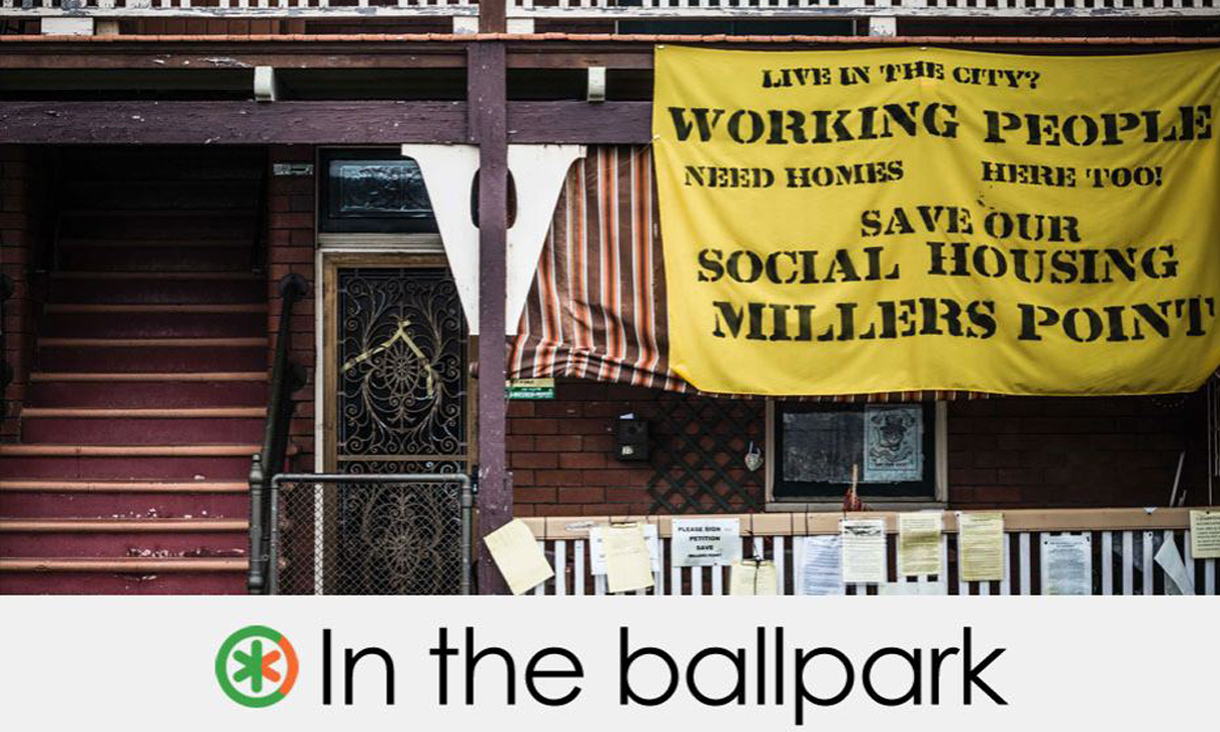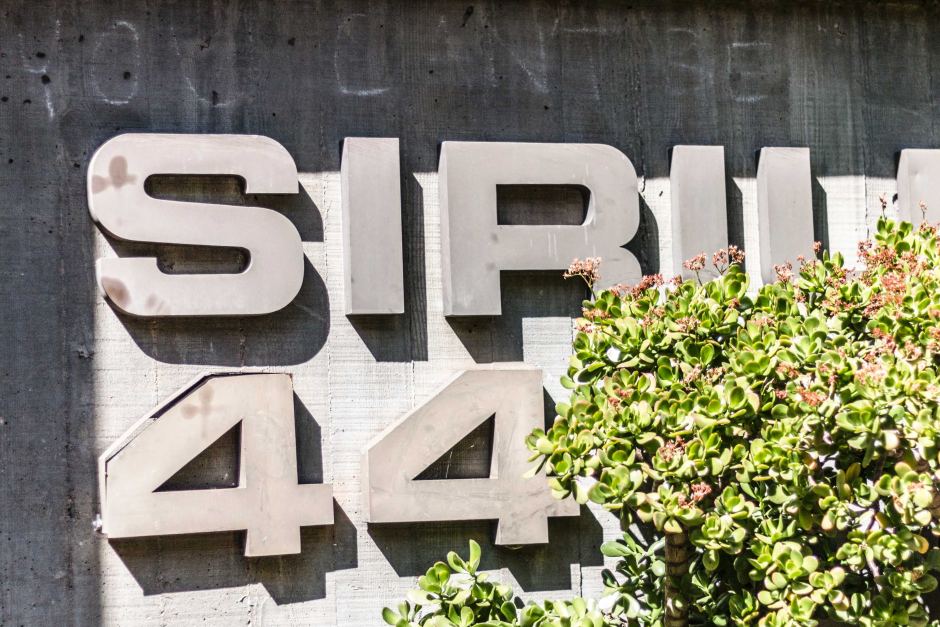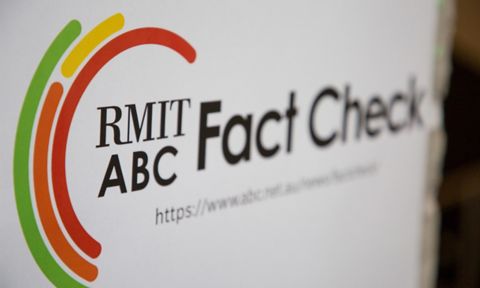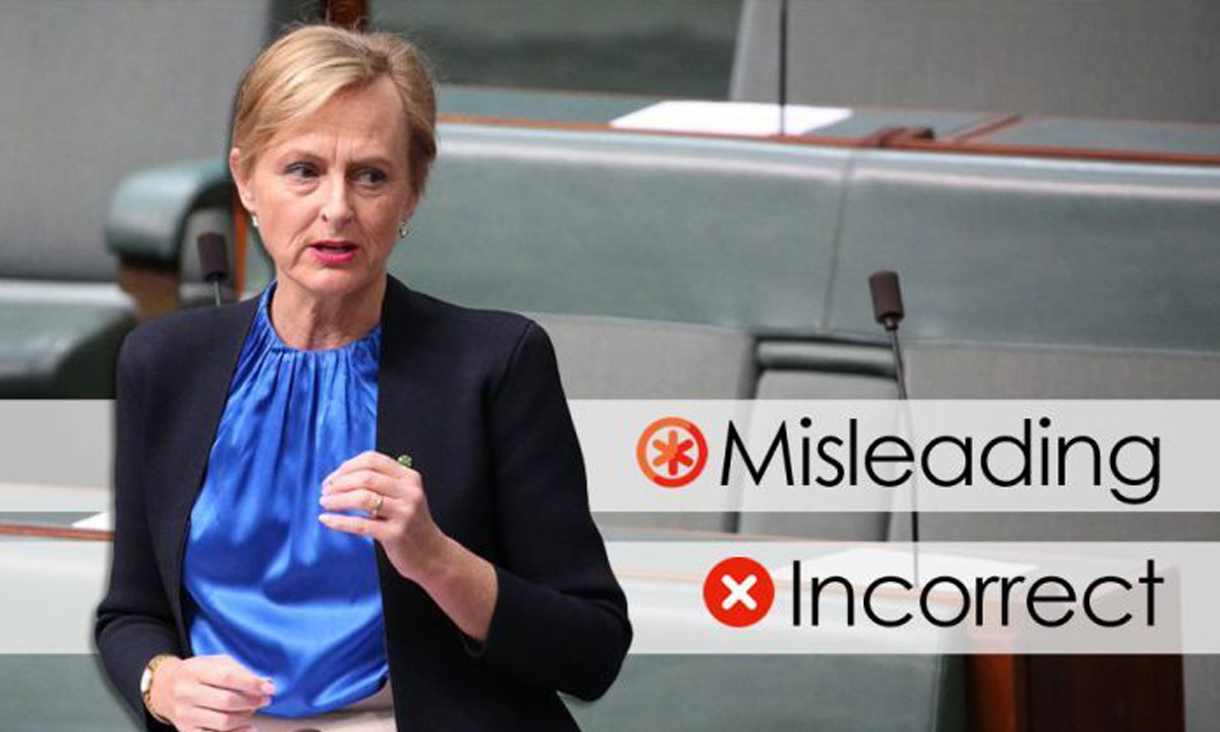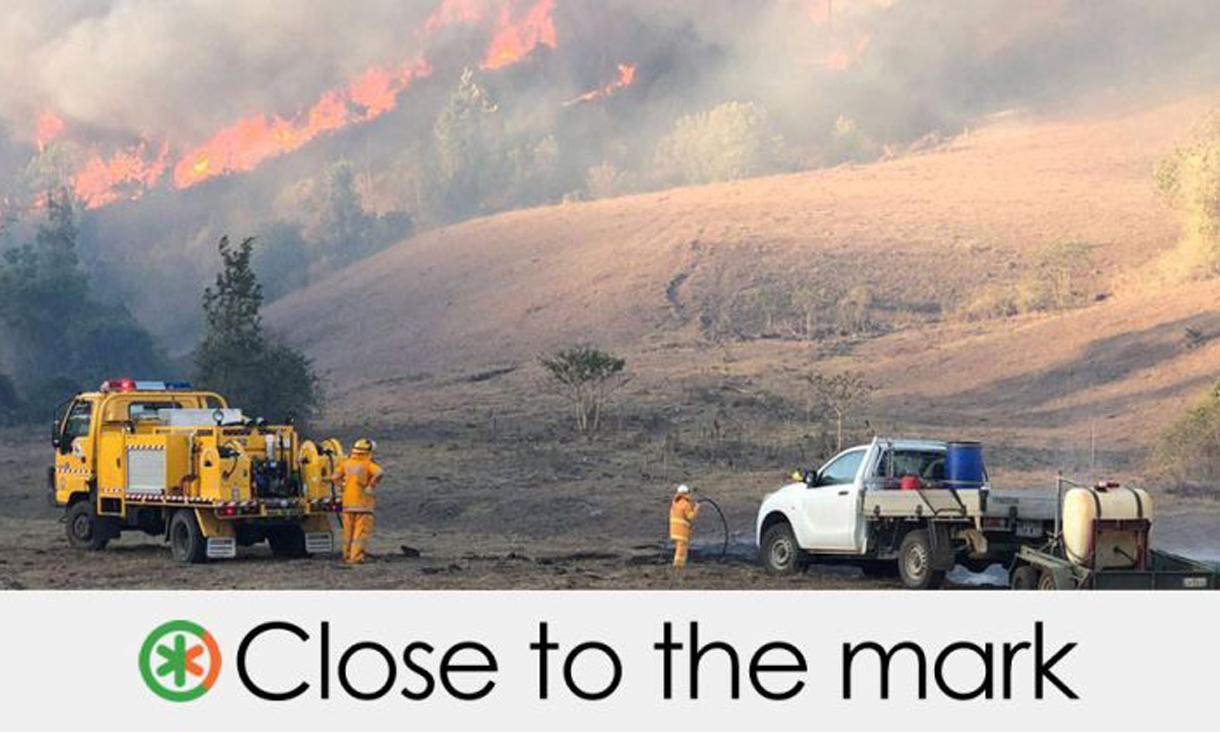RMIT ABC Fact Check wins award for coverage of homelessness issues
RMIT ABC Fact Check has claimed a prestigious media award for its coverage of homelessness issues.
Have emissions fallen since 2005, and are they the lowest they've ever been, as Liberal MP Katie Allen says?
Fact Check investigates whether Liberal MP Katie Allen is correct in claiming emissions have fallen since 2005, and that they are the lowest they have ever been.
Were Queensland fire danger indices historically high for early September?
RMIT ABC Fact Check investigates Andrew Sturgess' claim that we're never seen fire danger indices, at this time of year, as we're seeing now.
Do Australia's greenhouse gas emissions account for more than 5 per cent of the global total once exports are included, as Mike Cannon-Brookes says?
RMIT ABC Fact Check investigates the IT entrepreneur’s claim.
